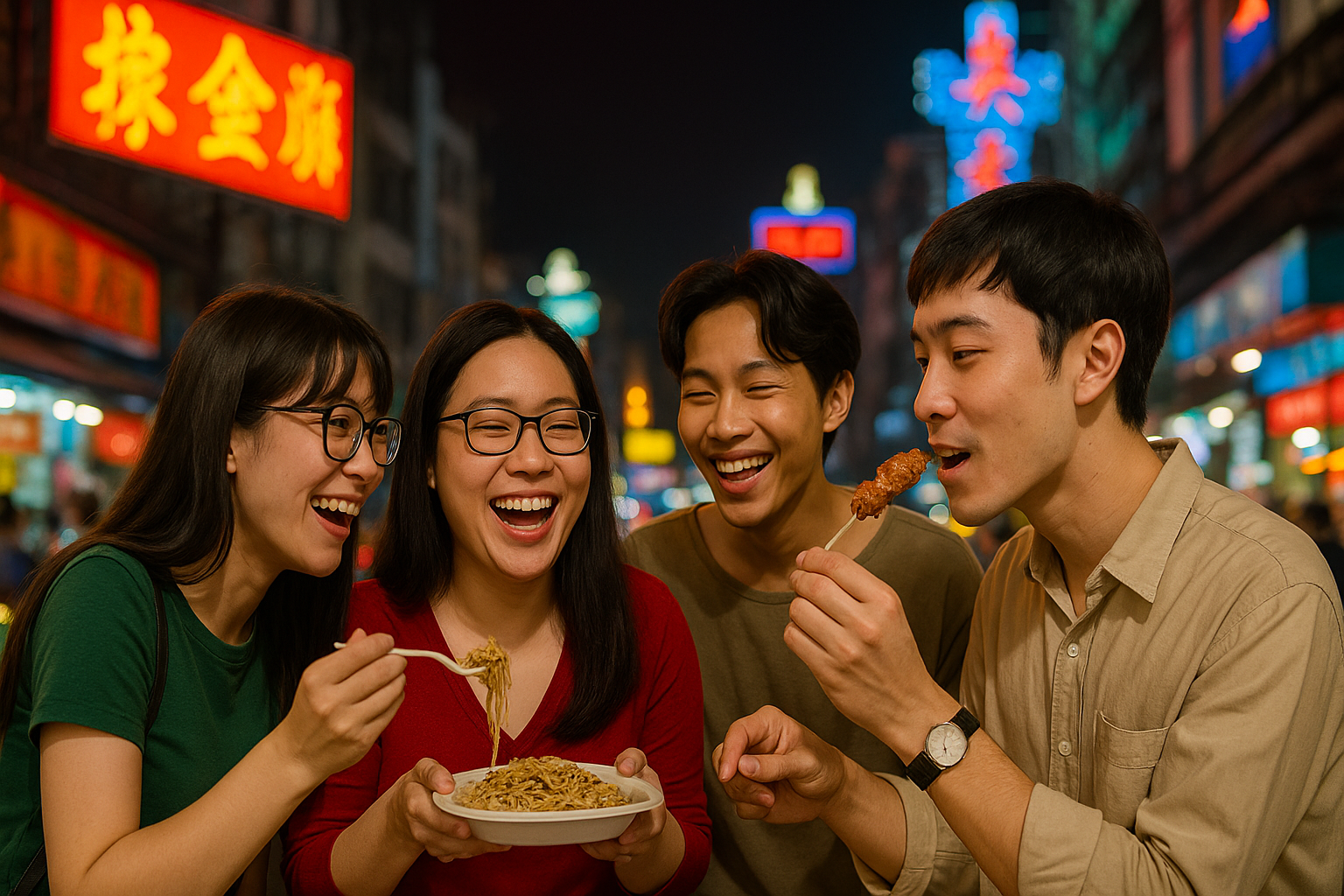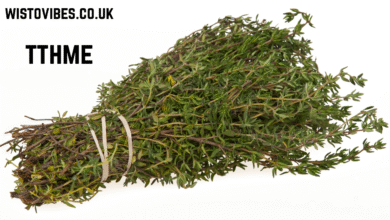Chinatown hawker leftovers consumption is an informal practice that has surfaced in many urban food districts: unsold or unfinished hawker food gets reused, shared, or eaten by others, turning potential waste into meals. Whether driven by frugality, charity, environmental concern, or necessity, this practice raises practical, cultural, and safety questions. In this article we explore what drives Chinatown hawker leftovers consumption, how communities and authorities respond, and practical tips to keep the practice safe and effective for everyone.
What exactly is Chinatown hawker leftovers consumption?
At its core, Chinatown hawker leftovers consumption refers to the collecting and eating of food from hawker stalls or communal tables in Chinatown areas that would otherwise be discarded. That includes unsold parcels at the end of the day, partially eaten plates left behind by customers, and vendor-donated surplus. The practice ranges from organized redistribution programs to ad hoc acts of sharing by patrons or stall owners. While it reduces waste and helps feed people, it must balance cultural norms, food safety, and public health considerations.
Why this practice has become visible again
Three main forces explain why Chinatown hawker leftovers consumption is appearing in headlines and street conversations: rising awareness of food waste, cost-of-living pressures, and community-led sustainability initiatives. Cities worldwide report that food makes up a significant portion of municipal waste streams; tackling this at source — in markets, hawker centres, and restaurants — is a direct way to cut landfill and greenhouse gas emissions. At the same time, economic pressures make low-cost food options essential for some, and community groups often tap surplus hawker food to support vulnerable residents. Evidence from local waste reports and hawker recycling pilots shows that focusing on food at the point of sale can produce measurable reductions in waste.
Cultural context: why Chinatown areas matter
Chinatowns are unique cultural and culinary hubs where hawker food is both daily sustenance and cultural heritage. The density of stalls, high foot traffic, and tradition of frugality and sharing in many communities make Chinatown an environment where leftover-sharing can naturally occur. Small-portion dining styles, communal tables, and close social ties also influence how leftover food is perceived — sometimes as shameful waste, sometimes as an opportunity to share. This cultural backdrop frames both the appeal and the controversy of Chinatown hawker leftovers consumption.
Public health and safety: the rules you need to know
Food safety cannot be an afterthought. Official guidance on leftovers — from refrigeration timing to reheating temperature — applies whether food comes from a home kitchen or a hawker stall. Perishable cooked food should not sit long in the “danger zone” of 4–60°C; leftovers should be cooled quickly, refrigerated within hours, and consumed within recommended windows to avoid bacterial growth. Authorities also stress that donated or redistributed food needs clear handling protocols and basic hygiene to reduce risk. If Chinatown hawker leftovers consumption is to be practiced widely, it should be paired with vendor training and simple storage/reheating procedures.
How hawker vendors and markets can manage surplus safely
Practical systems make a big difference. Simple measures include portion control (smaller servings on request), end-of-day discounts for unsold items, clear labeling of donation-ready parcels, and coordinated pickup by community groups or food banks. Some hawker centres have piloted on-site food-waste segregation and compacting so usable food can be redirected rather than tossed. These operational fixes reduce the raw volume of waste while making it easier for legitimate, safe redistribution to take place. Case studies from municipal pilots show that hawker-level interventions — when paired with clear guidance — meaningfully reduce food waste.
Community responses: charity, dignity, and logistics
Several grassroots groups and charities work with hawker vendors to collect surplus food and distribute it to those in need. Successful models emphasize dignity — offering choice, packaged meals, or vouchers instead of awkward scavenging — and transparency about what’s safe to eat and how it was handled. Where formal collection isn’t possible, many communities prefer to focus on prevention: changing portion sizes, encouraging customers to order mindfully, and building awareness around not wasting edible food.
Risks and common misconceptions
A popular misconception is that all leftovers are harmless if “still warm.” In truth, reheating or eating food left out for hours can pose health risks, especially for high-risk populations such as the elderly or immunocompromised. Another risk is normalizing unsafe scavenging in busy public spaces, which can create sanitation problems and stigma. Conversely, dismissing every informal sharing act out of hand overlooks the large amount of perfectly edible surplus that could be redirected responsibly. A balanced approach reduces waste while protecting public health.
Practical tips for vendors, volunteers, and diners
Vendors: track what sells and what doesn’t, offer smaller portion options, pack unsold perfectly edible food for donation before it enters the temperature danger zone, and coordinate with local charities for collection.
Volunteers/charities: use insulated containers, keep clear records of collection times, and train volunteers in basic food safety rules (cooling, refrigeration, reheating targets).
Diners: order thoughtfully, take leftovers home in a clean container promptly, and avoid eating food found in public bins or left long enough to be unsafe.
These small acts — combined — make Chinatown hawker leftovers consumption safer and more respectful.
A word about policy: when regulation helps
Regulation can encourage safe redistribution by clarifying liability and creating simple hygiene standards for donations. Some cities have introduced “Good Samaritan” protections or simplified food-safety checklists for food donations, which make it easier for small vendors to donate without legal fear. Policy that makes it easy to segregate, collect, and treat surplus helps turn informal goodwill into reliable support systems for food-insecure residents.
How to monitor impact and keep improving
If you run a hawker stall, manage a market, or organize redistribution, track a few simple metrics: weight of surplus saved, number of meals redistributed, incidents of food-safety complaints, and customer feedback on portion sizes. Data helps you iterate — adjust portion sizes, change pricing strategies, or refine pickup schedules. Pilot interventions and short feedback loops usually yield the fastest improvements.
SEO and publishing tips to help this content rank
To help a post about Chinatown hawker leftovers consumption reach readers, use a concise, human-friendly title (like the one above), sprinkle the keyword naturally across headings and body (as done here), and include related search terms people use (food waste, hawker centre food safety, surplus food redistribution). Add clear headings, long informative paragraphs, and FAQs to answer common search queries. After publishing, monitor search performance and adjust content to reflect new statistics or official guidance as it appears.
Tracking Google updates and staying visible
Google’s algorithm changes occasionally; to stay visible, monitor Google Search Central updates, watch organic traffic and keyword rankings in your analytics dashboard, and refresh the article when authoritative new data (for example, municipal food-waste statistics or updated food safety guidance) appears. Small, regular updates that improve factual accuracy and freshen examples help maintain search relevance.
Conclusion
Chinatown hawker leftovers consumption sits at the intersection of culture, necessity, and environmental responsibility. When managed thoughtfully — with clear food-safety practices, vendor cooperation, and respectful redistribution channels — it can reduce waste, feed community members, and preserve the dignity of both donors and recipients. The key is structure: small operational fixes combined with community awareness make it possible to turn leftover plates into lifelines without compromising safety.
Five short FAQs
What does Chinatown hawker leftovers consumption mean?
It refers to collecting and consuming unsold or unfinished hawker food in Chinatown areas to reduce waste and feed people.
Is it safe to eat hawker leftovers?
It can be safe if handled quickly, kept out of the danger zone, refrigerated, and reheated properly; otherwise there are health risks.
How can hawker vendors reduce leftover waste?
Vendors can offer smaller portions, discount unsold food for donation, and coordinate pickups with charities or food-bank programs.
Do any official guidelines cover leftover food redistribution?
Food authorities publish general safe-handling and storage guidance; some cities also offer policies to support food donation and waste reduction.
How can communities make redistribution dignified?
Use packaged meals or vouchers, provide choice to recipients, and ensure transparent labeling about how and when food was handled.
Also Read: Navigator Pear A Complete Informational Guide for Gardeners and Homeowners




